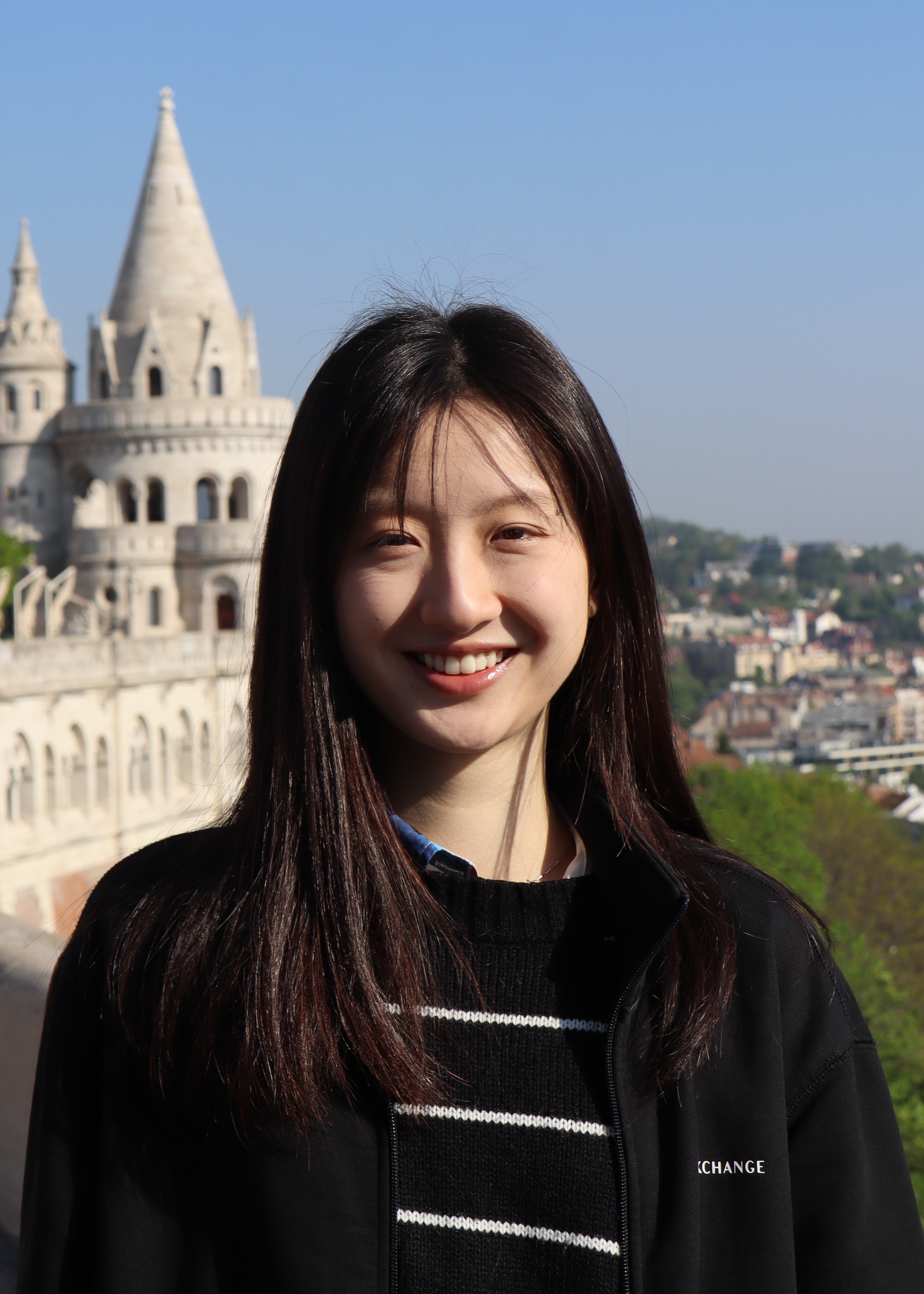Hi! I am a PhD student at the Department of Atmospheric and Oceanic Sciences, Peking University. Since February 2024, I am working as a visiting student at the Department of Atmospheric Physics of Exoplanets at the Max Planck Institute for Astronomy (MPIA) in Heidelberg, Germany.
I was born and raised in Guangzhou, a mega city in South China. I earned my bachelor’s degree from the School of Atmospheric Sciences at Sun Yat-sen University, where I first researched the effects of doubling CO2 on Earth’s temperature structure using a simple one-dimensional climate model. Subsequently, I started to pursue my PhD at Peking University in 2021, shifting my research focus from Earth to more general Earth-like terrestrial planets. My work involved using climate models of varying complexity to study the habitability of these planets.
Starting last February, I have been a visiting PhD student at MPIA, where I changed my research focus to a temperate mini-Neptune, K2-18b. I am investigating the chemistry and dynamics of this planet using both 1D and 3D forward models.
Updates
July 2025: A paper led by me is out at Monthly Notices of the Royal Astronomical Society. In this study, we perform 3D chemical kinetics simulations of sub-Neptune K2-18b. This is Part I of a series. In Part I, we examine the planet’s atmospheric dynamics and its impact on the transport of passive tracers. The detailed analysis of chemical structures will be presented in Part II, which is coming soon. Stay tuned!
July 2025: I gave a talk at Exoclimes VII and Exocoffee at MPIA.
May 2025: A paper led by me is out at the Astrophysical Journal. In this study, we thoroughly investigate the formation mechanism of the near-surface atmospheric inversion (NAIV) in hothouse climates, which is a pronounced phenomenon reported in several earlier hothouse climate simulations. We find that lower-tropospheric radiative heating is necessary but not independently sufficient to form the NAIV. Instead, the dynamic heating induced by large-scale subsidence is essential. In addition, we find that surface inversion (SIV, surface cooler than adjacent air) is also a distinct phenomenon in the hothouse climate.
April 2025: I give an invited talk at EGU 2025.
April 2025: I give an invited talk virtually at the Climate Sensitivity Journal Club at GFDL.
April 2024: A paper led by me is out at Science Advances. Typically, people think that higher temperature indicates higher surface precipitation on Earth. However, in our work, we show that this trend reverses in very hot climates (>~320 K) by using climate models of different complexity. The decreasing precipitation in hot climates will affect the weathering rate, further influencing the carbon-silicate cycle and the habitability of terrestrial planets near the inner edge of the habitable zone.
April 2024: I do a PICO presentation on the reversal of precipitation trend in hot climates at EGU 2024.
February 2024: I arrive at Heidelberg! Start to work on a “real” exoplanet K2-18b.
June 2023: A new paper involving me as a collaborator is published in Nature Astronomy. In this work, we use a cloud-permitting model to simulate the explicit convection of 1:1 tidally locked rocky planets orbiting around low-mass stars with high resolution (4 km x 4 km).
April 2023: I give an oral presentation on the effects of surface gravity at EGU 2023.
February 2023: My first first-author paper is published in the Astrophysical Journal. In this work, we investigate the effects of surface gravity on water cloud behavior and planetary climate using small-domain cloud-resolving simulations. We also calculate the transmission spectra based on our simulation results to show how gravity and clouds affect the detectability of molecules on Earth-like planets.
September 2022: A paper involving me is published in Geophysical Research Letters. In this work, we demonstrate that precipitation is weaker when atmospheric mass is larger for a given surface temperature. Additionally, the rate at which precipitation increases with rising surface temperature is smaller under a larger atmospheric mass compared to a smaller one.
September 2021: Start my PhD!
